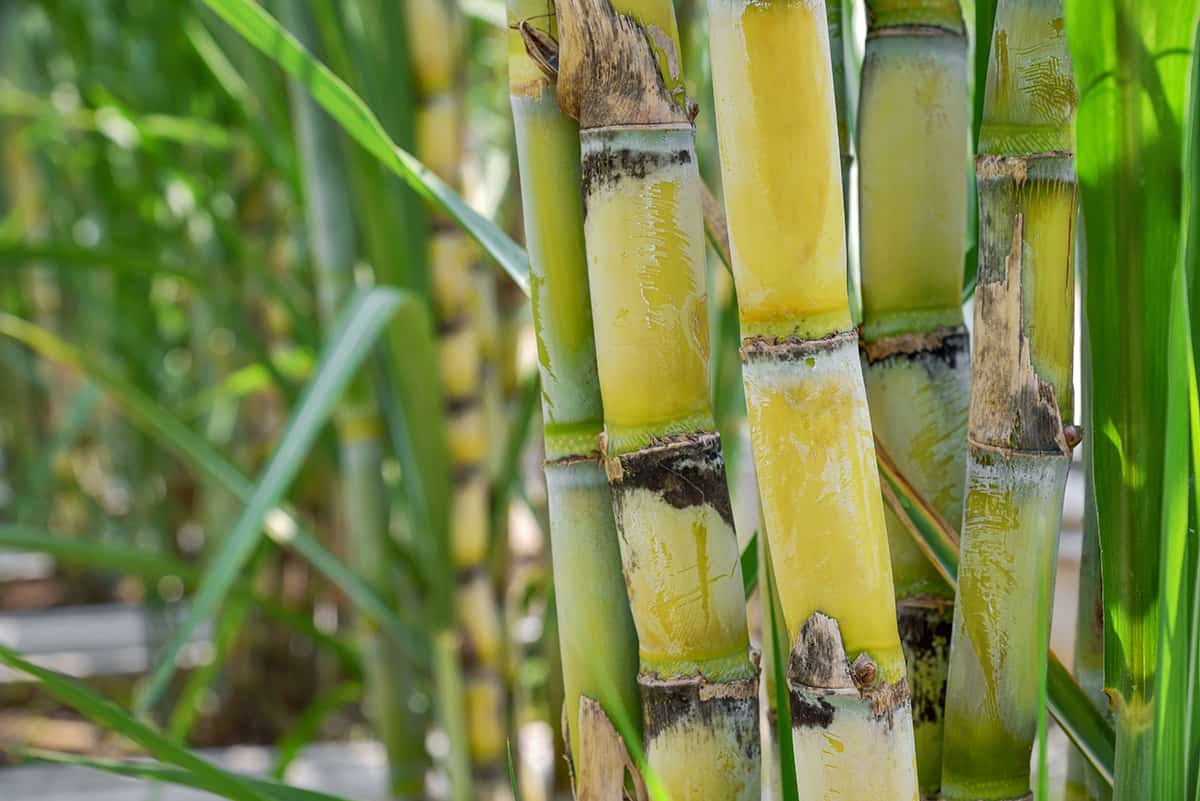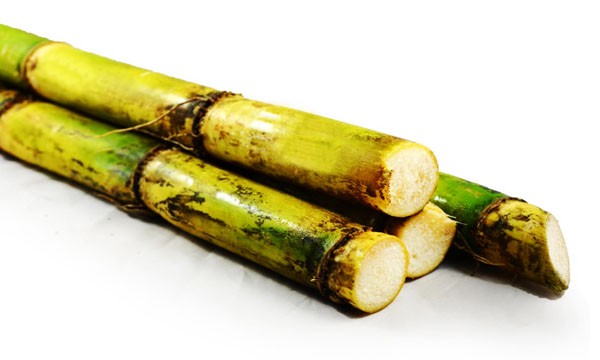Sugar and Cane: Exploring Their Role in Traditional and Modern Cuisine
Sugar and Cane: Exploring Their Role in Traditional and Modern Cuisine
Blog Article
Why Cane Sugar Processing Chemicals Are Essential for Modern Sugar Refining
The duty of cane sugar processing chemicals in modern sugar refining can not be overemphasized, as they are important to enhancing both the effectiveness of removal and the overall top quality of the final item. Representatives such as phosphoric acid and details flocculants are employed to remove contaminations, leading to sugar that not just fulfills customer expectations however likewise sticks to market standards. The implications of these chemicals prolong past high quality, touching upon market dynamics and ecological factors to consider. sugar and cane. This elevates crucial concerns regarding the sustainability of such methods and their effect on the future of sugar manufacturing.
Duty of Processing Chemicals
The efficacy of walking stick sugar processing hinges substantially on the tactical application of handling chemicals. These chemicals play an essential function in enhancing the performance and top quality of sugar extraction and refining. From the first phases of juice extraction to the last filtration actions, processing chemicals help with various crucial operations.
In the removal phase, chemicals such as phosphoric acid and calcium hydroxide are used to optimize the information procedure, aiding to remove pollutants and suspended solids from the walking stick juice. This not just enhances the yield yet also makes certain the clarity of the end product. In addition, agents like flocculants help in the fast settling of impurities, therefore streamlining the general process.
Triggered carbon and ion exchange materials serve to remove shade and odor, making sure that the refined sugar meets customer top quality standards. Thus, the thorough choice and application of these chemicals are crucial for attaining optimal results in walking cane sugar processing.
Secret Sorts Of Chemicals
Walking cane sugar processing relies on a variety of key chemicals that facilitate each phase of production. These chemicals play necessary functions in making clear, lightening, and detoxifying the sugar removed from walking cane.
One key category of chemicals includes flocculants, such as polyacrylamide, which aid in the explanation procedure by advertising the gathering and settling of contaminations. Additionally, calcium hydroxide is frequently utilized to counteract acidity and help in the removal of non-sugar elements.
Bleaching agents, such as turned on carbon and sulfur dioxide, are utilized to decolorize the syrup, causing a clearer end product. These chemicals help eliminate color compounds that might influence the sugar's look and bankability.
Additionally, phosphoric acid works as a pH regulator throughout the handling stages, making sure optimal conditions for the chemical tasks associated with sugar extraction and purification.
Other important agents include edta (ethylenediaminetetraacetic acid), which chelates metal ions that can militarize unwanted responses, and sodium hydroxide, which helps in pH control throughout the refining procedure. Jointly, these chemicals enhance efficiency and guarantee a high-grade walking cane sugar product.
Advantages for Sugar Quality
Frequently ignored, making use of certain handling chemicals dramatically improves the total top quality of cane sugar. These chemicals play a critical duty in refining processes, making sure that the last product fulfills rigid sector requirements for pureness and preference.

Additionally, processing chemicals help in accomplishing a consistent granulation and texture, which are important for consumer approval. By controlling the crystallization procedure, these chemicals guarantee that the sugar crystals create uniformly, get redirected here resulting in an extra enticing product that dissolves well in numerous applications.
Moreover, the use of these chemicals can boost the service life of cane sugar by lessening moisture absorption and microbial development. On the whole, the strategic application of handling chemicals is vital for providing high-quality cane sugar that satisfies consumer expectations and industry needs.
Ecological Influence Factors To Consider
:strip_icc()/How-to-Plant-and-Grow-Sugar-Cane-965303384-2fdac181359d44c185dfa7988fc181a8.jpg)
Moreover, the energy-intensive nature of sugar refining, compounded by chemical usage, often results in increased carbon emissions. This adds to environment change and elevates issues concerning the sustainability of existing refining methods. Additionally, the sourcing of these chemicals may involve practices that endanger biodiversity, such as monoculture farming, which reduces the resilience of farming environments.

To alleviate these effects, sugar refiners are increasingly exploring lasting options and embracing ideal practices that lessen chemical use. Implementing extensive environmental management systems can aid make certain that the refining procedure lines up with ecological criteria and advertises biodiversity. Inevitably, a well balanced approach that prioritizes both sugar quality and ecological stewardship is important for the long-term practicality of the sugar sector.
Future Fads in Refining
As the sugar sector faces the ecological difficulties connected with conventional refining methods, ingenious methods are emerging to enhance both effectiveness and sustainability. One considerable trend is the adoption of eco-friendly chemistry principles, which focus on using safe, biodegradable handling chemicals. This shift not only decreases environmental impact but likewise addresses consumer demand for cleaner manufacturing methods.
An additional encouraging advancement is the implementation of innovative filtering innovations, such as membrane layer splitting up and adsorption processes. These methods enhance the quality and high quality of the sugar while decreasing the volume of wastewater created throughout refining. Additionally, the combination of digital modern technologies, including IoT and AI, is changing functional efficiency by enabling real-time tracking and predictive maintenance, therefore decreasing resource waste.
Additionally, the use of byproducts from sugar refining, such as bagasse and molasses, is getting grip. These products can be converted right into biofuels or value-added items, adding to a circular economic situation within the market. Collectively, these fads signify a change towards more sustainable methods that not just boost functional performance but also line up with international sustainability goals, ensuring the future viability of sugar refining.
Verdict
Cane sugar processing chemicals are essential in modern-day sugar refining, substantially improving the effectiveness and top quality of sugar extraction. The strategic usage of these visit site chemicals not just improves the purity and flavor of the end product but also guarantees regular condensation and texture. As the industry progressively prioritizes sustainability, the fostering of environmentally-friendly processing representatives is likely to shape future fads in refining, ultimately bring about higher quality items and extended life span for consumers.

Inevitably, a balanced approach that focuses on both sugar high quality and ecological stewardship is important for the long-term practicality of the sugar market.
Walking cane sugar processing chemicals are crucial in contemporary sugar refining, significantly enhancing the effectiveness and quality of sugar removal.
Report this page